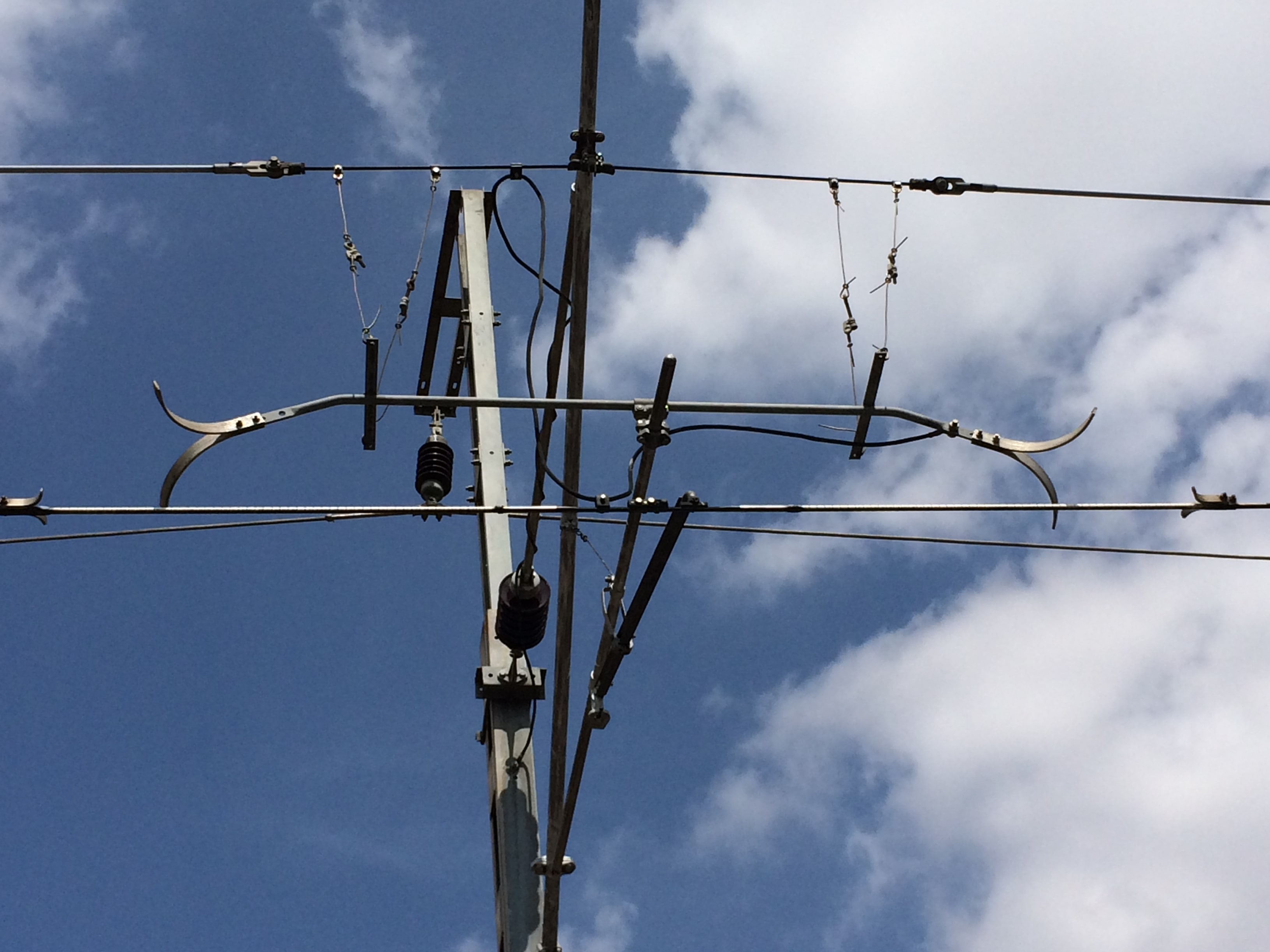The polymer landscape is constantly evolving. Even as new methods of production and processing are developed around existing polymers, there exists and ever-expanding field of new-age polymers, many of which will be mainstays of the industry in the years to come. Some of the key niche polymers are listed below. While a few – such as PTFE, PVDF, and even PEEK – are relatively well know, many are yet obscure, with their properties not fully explored or understood. It is imperative that engineers understand these properties and find ways to incorporate these polymers into their future designs.
|
|
Full Form |
Appearance |
Key properties |
Applications |
Brand Names |
Specific Gravity |
Tensile Strength (Mpa) |
Max. Service Temperature (°C) |
Young's Modulus (Mpa) |
Dielectric Constant |
Reinforcements |
|
PEI |
Polyetherimid |
Amber |
Strength, insulation, resistance to hydrolysis (suitable for repetitive steam sterilisation) and radiation. Stiff even at high temperatures |
Electronic industries: coils and fuses |
Ultem |
1.27 |
110 |
170 |
3100 |
3.2 |
Glass |
|
PAI |
Polyamide-imide |
Dark Brown |
Strength, outstanding tribological and wear performance, thermal stability |
Semiconductor industry: test sockets, electrical connectors and insulators |
Torlon |
1.42 |
152 |
275 |
4500 |
4.2 |
Carbon |
|
PPS |
Polyphenylensulfide |
Light Brown |
Strength, resistance to high energy radiation, chemical resistance |
Electronic industry: Connectors, contact rails, heat shields, contact pressure discs and special types for semi-conductor production |
Tecatron, Ryton |
1.35 |
85 |
200 |
15000 |
3.2 |
Glass, PTFE |
|
PPSU |
Polyphenylsulfone |
Clear - made in different colours |
Resistance against high energy radiation (gamma and X-rays), resistance to hydrolysis (suitable for repetitive steam sterilisation) |
Medical industry: Test implants/adjustment bodies for hip, knee and shoulder and handles of medical devices |
Radel |
1.3 |
77 |
180 |
2500 |
3.4 |
NA |
|
PES |
Polyethersulfone |
Dark Brown - translucent |
Strength, insulation, microwavable, resistance against high energy radiation, weldable, machinable, thermoforming |
Electrical insulation parts such as connectors |
Tecason |
1.37 |
90 |
180 |
2700 |
3.9 |
Glass |
|
PVDF |
Polyvinylidene fluoride |
Waxy white |
Dimensional stability, resistance to chemicals, hydrolysis, UV, and radiation. Good electrical resistance. High abrasion resistance. Low wated absorption |
Chemical plant engineering with higher mechanical stress |
Kynar, Tecaflon |
1.75 |
50 |
140 |
2100 |
8 |
NA |
|
PCTFE |
Polychlorotrifluoroethylene |
White |
Dimensionally stable, rigid, and resistant |
Cryogenic and chemical processing components |
Kel-F |
2.15 |
36 |
195 |
1400 |
2.6 |
NA |
|
PI |
Polyimide |
Brown |
Non melting high temperature polyimide, High heat resistance, good cryogenic properties, excellent electrical insulation, good machinability, inherently flame retardant |
Automotive and aerospace - machined parts |
Kapton |
1.34 |
116 |
300 |
3600 |
3.8 |
Graphite, MoS2, PTFE |
|
PEEK |
Polyetheretherketone |
Light Brown |
Strength, dimension stability, heat resistance, chemical resistance, wear resistance, light weight |
Aerospace - lightweight components for metal replacement |
Victrex, Ketaspire |
1.3 |
110 |
250 |
4000 |
3.1 |
Glass, Carbon, Graphite, PTFE |
|
PTFE |
Polytetrafluoroethylene |
Waxy white |
Extremely high chemical resistance, very good temperature resistance, very low coefficient of friction, low dielectric constant, flame resistance |
Aerospace - radar applications |
Teflon |
2.25 |
25 |
260 |
550 |
2.1 |
Glass, Carbon, Bronze |
Read More
1. High Performance Polymers in Railway Applications
2. Polymer Sealing Solutions – High Performance Seals, Valves, and Seats
3. Polymer Wear Plates - Grade Selection and Key Advantages



.JPG)
.JPG)

